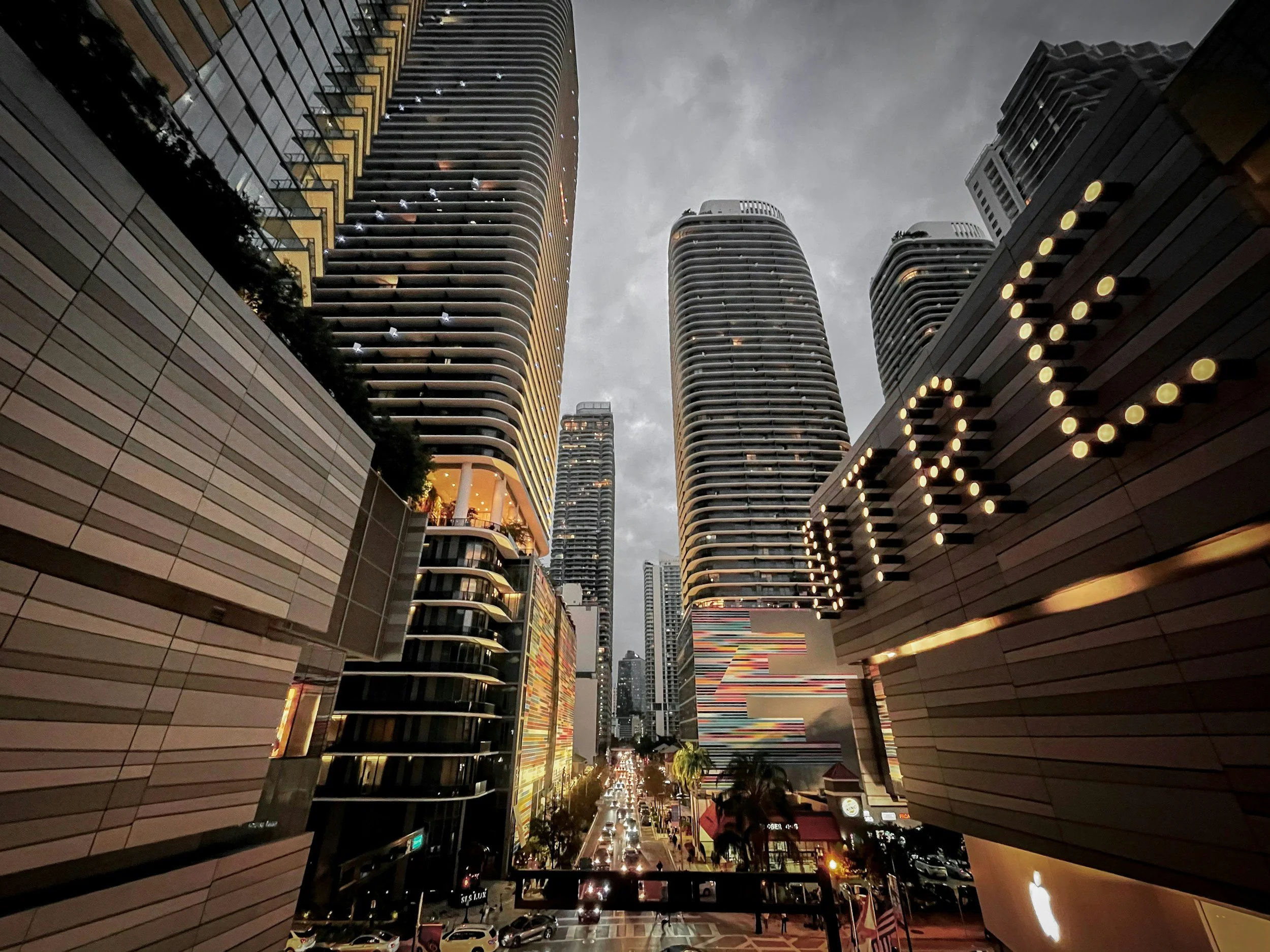Miami's Property Boom: The Double-Edged Sword of Ultra-Wealthy Influx
Miami is experiencing a remarkable real estate boom, driven by a massive influx of ultra-wealthy individuals. A recent report by a wealth intelligence firm, Altrata, reveals that Miami has become the world's leading city for second homes owned by ultra-high net worth individuals, those with a net worth of over $30 million. With approximately 13,200 such individuals maintaining a second residence in the Miami metropolitan area, the city has cemented its status as a global hub for the super-rich.
This trend, which has been building for over five years, has a number of contributing factors. A turning point was the 2017 Tax Cuts and Jobs Act, which capped state and local tax deductions at $10,000. This change made living in high-tax states less appealing compared to Florida, which has no state income tax. However, it was the COVID-19 pandemic that truly accelerated the migration, as many sought out locations with more relaxed regulations and a warmer climate.
Beyond the appealing tax environment and climate, Miami's booming luxury investment opportunities and a sense of "fear of missing out" have also played a significant role. A professional in the luxury real estate sector noted that this new wave of buyers is distinct from the typical "snowbirds" of the past, as they are considerably wealthier. The data reflects this shift, with the average purchase price of a single-family home in Miami-Dade County nearly doubling between mid-2020 and mid-2021. During that same period, the total amount spent on single-family homes in the county surged by nearly 200% to $4.6 billion, with almost a quarter of those sales being all-cash transactions.
The Ripple Effect on Local Communities
While this economic surge may seem beneficial on the surface, it has created significant challenges for long-term residents. An associate director at a metropolitan research centre, who is an expert in the South Florida housing market, highlights the potential threat this poses to some neighbourhoods. The influx of ultra-wealthy individuals drives up housing costs, making it difficult for essential workers to afford to live in or near the communities they serve. This pressure is felt not just in the most exclusive areas, but also in more moderately priced neighbourhoods, as less wealthy but still affluent newcomers are also priced out of the luxury market.
Furthermore, the expert points out that year-round residents are crucial for supporting local businesses, such as shops and restaurants, which give communities their unique character. Many of the ultra-wealthy second homes, however, sit empty for a significant portion of the year.
Finding a Path Forward: Possible Solutions
To address the growing housing crisis, a comprehensive plan was proposed in 2020, though it was ultimately not adopted. The plan estimated a deficit of 90,000 affordable housing units for households with an annual income below $75,000 in Miami-Dade. Among the solutions proposed were land banking—acquiring vacant properties for future development—and a vacancy tax on homes that remain empty for at least six months a year, with the revenue from this tax funding affordable housing projects. The expert involved in the plan's creation expressed regret that it was not implemented, noting that rising land prices have made the problem even more difficult to solve today.
Disclaimer: The content provided herein is for general informational purposes only and does not constitute financial or investment advice. It is not a substitute for professional consultation. Investing involves risk, and past performance is not indicative of future results. We strongly encourage you to consult with qualified experts tailored to your specific circumstances. By engaging with this material, you acknowledge and agree to these terms.

